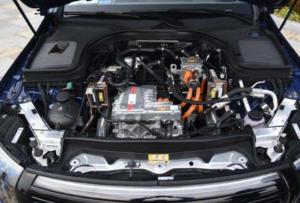500W D类汽车电子超低音放大器的设计考虑
来源: 作者: 时间:2007-03-06 15:06
Design considerations for 500W Class D automotive subwoofer amplifiers
Class D designs promise higher output power within a given automotive
electronics system volume. But converting to a Class D from a Class
AB amp is challenging because the modes of operation are significantly
different and circuit protection schemes must also be adapted for
the different topologies.
By Johan Strydom and Jun Honda, International Rectifier
In audio applications there is a trend towards Class D audio amplifiers
as replacements for traditional Class AB electronics. The main driving
forces are improved efficiency and space savings. Converting to
Class D designs promises higher output power within the same system
volume or miniaturization at existing power levels-both desirable
for automotive audio and infotainment applications.
Converting to Class D for traditional Class AB amplifier designers
can be quite daunting as the modes of operation are significantly
different. Moreover, the circuit protection schemes must also be
adapted for the different topologies. In an attempt to simplify
these issues, the basic design procedure for a 500W, 2Ω automotive
Class D subwoofer amplifier is presented here.
The Class D amplifier
The major differences between a Class AB amplifier and a Class D
amplifier are tabulated in Table 1 below. It can be seen that the
main advantages of Class D amplifiers are efficiency, stability,
and inherently low output impedance (voltage source), which are
all beneficial for driving speaker loads. (For a more complete discussion
on the differences between the Class AB and Class D amplifiers,
please refer to Application Note AN-1071 [Reference 1].)







